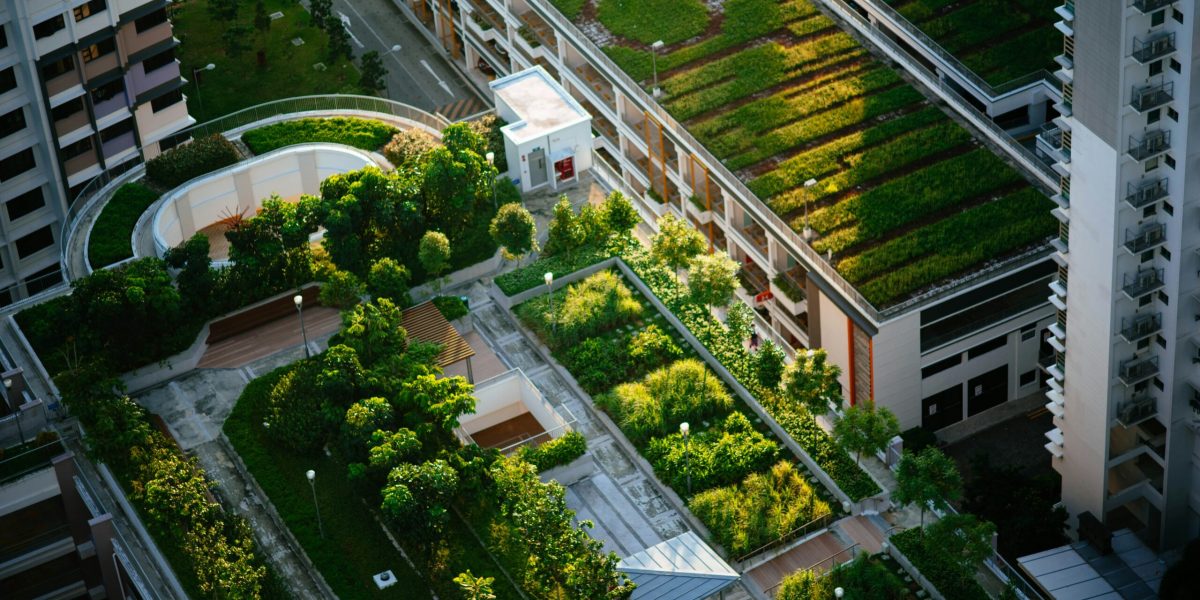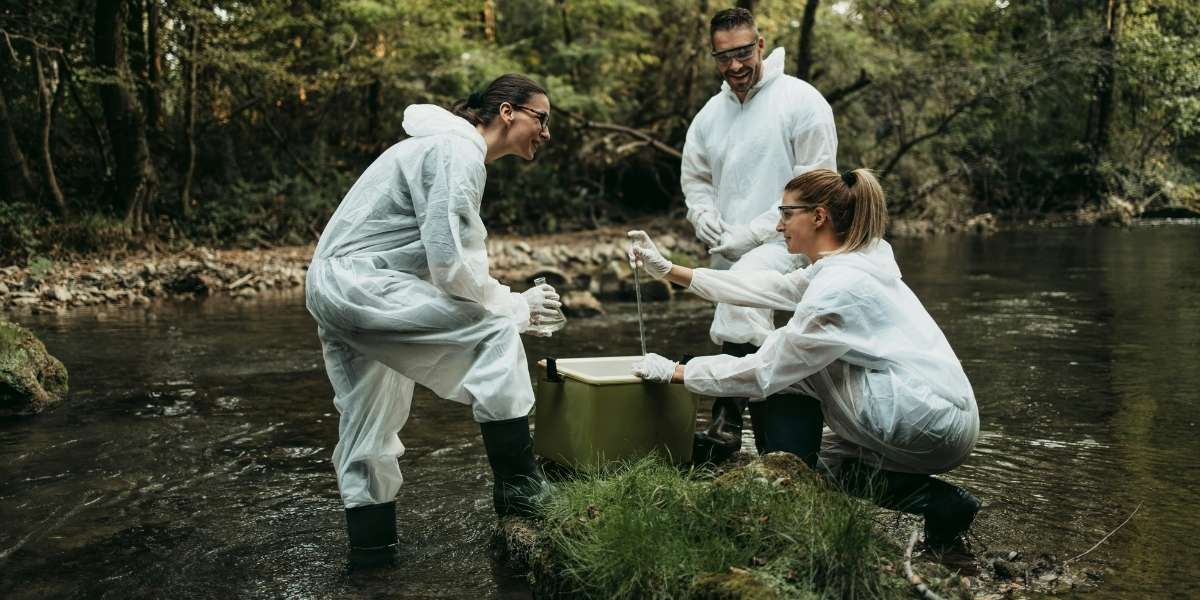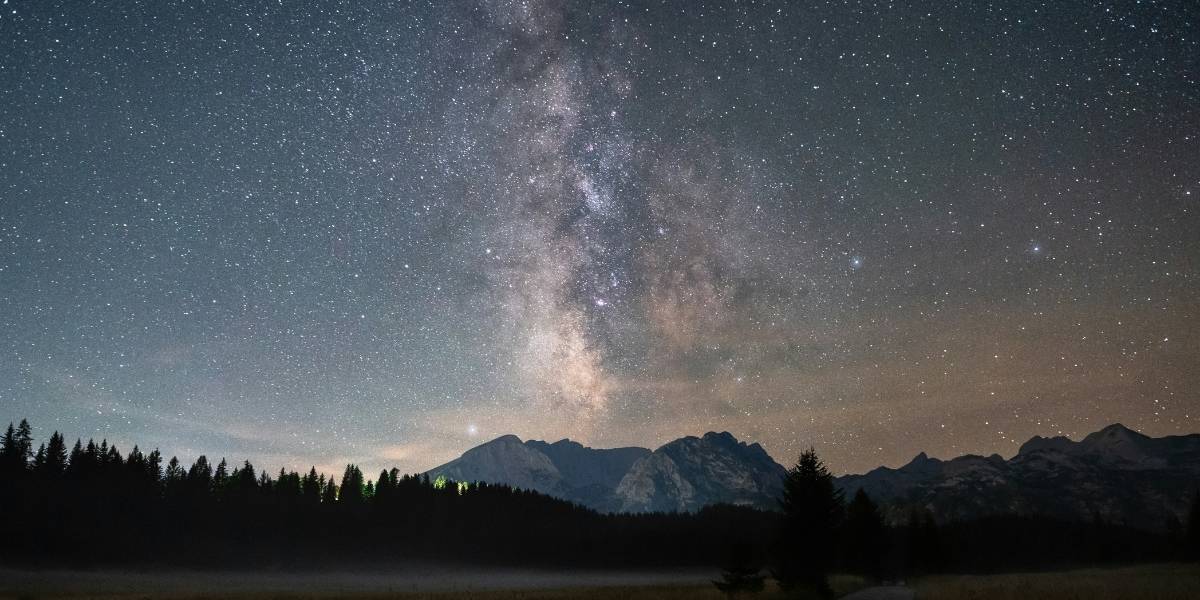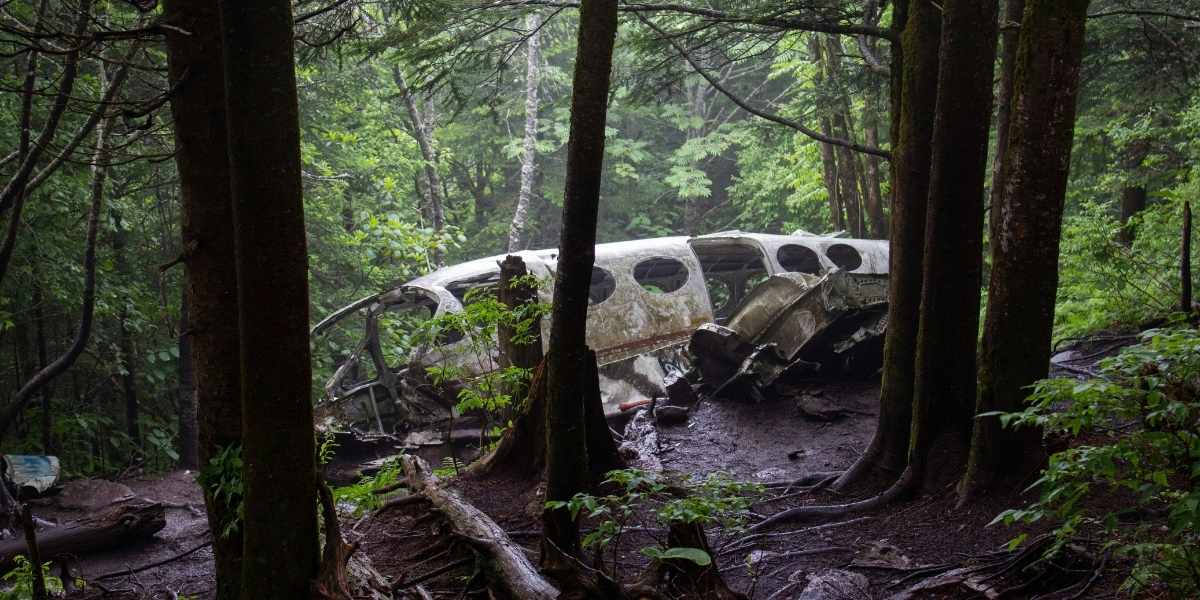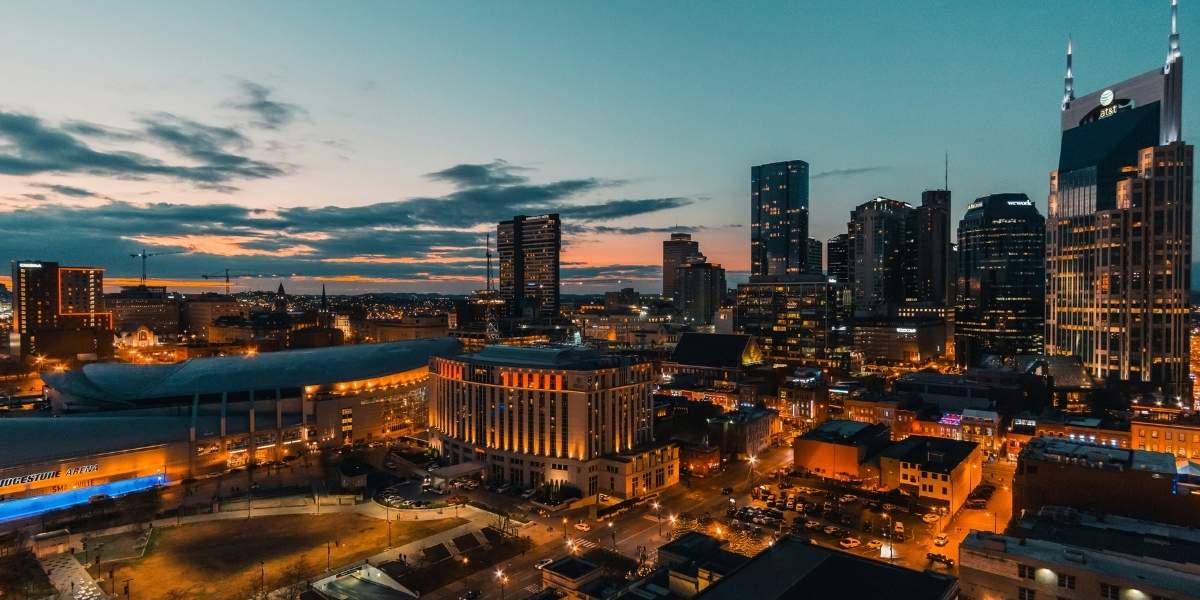As cities around the world face increasing challenges from climate change, the focus is shifting toward green infrastructure and nature-based solutions. These approaches go beyond traditional engineering methods to create urban environments that are more resilient, sustainable, and livable. From green roofs to wetland restoration, green infrastructure integrates natural systems into city planning to mitigate the effects of climate change, improve biodiversity, and enhance community well-being. This article explores how cities are leveraging green infrastructure to build climate resilience and why these solutions are critical for the future.
What is Green Infrastructure, and How Does It Support Climate Resilience?
Green infrastructure refers to a network of natural and semi-natural systems designed to address environmental challenges in urban areas. Unlike traditional “gray” infrastructure, which relies on concrete and steel, green infrastructure harnesses the power of natural processes to manage issues like flooding, air pollution, and heat islands. These systems provide essential ecosystem services while creating more sustainable and adaptable urban environments.
One of the primary ways green infrastructure supports climate resilience is by managing water systems. For example, features like rain gardens and permeable pavements help cities absorb and store rainwater, reducing the risk of urban flooding during heavy storms. Additionally, green roofs and urban forests lower temperatures in cities, mitigating the effects of heatwaves. By enhancing the natural capacity of urban spaces to adapt to climate extremes, green infrastructure plays a critical role in ensuring that cities remain functional and livable.
How Are Cities Integrating Green Infrastructure?
Cities worldwide are recognizing the value of green infrastructure and incorporating it into their development plans. For instance, green roofs—rooftops covered with vegetation—are becoming increasingly common in urban areas. These installations reduce stormwater runoff, improve air quality, and provide insulation to lower energy consumption in buildings.
Urban planners are also prioritizing wetland restoration and constructed wetlands to manage water systems more effectively. Wetlands act as natural sponges, filtering pollutants and absorbing excess water during floods. Projects like the Cheonggyecheon Stream Restoration in Seoul, South Korea, demonstrate how integrating natural systems into urban settings can transform cityscapes while improving ecological health.
Another popular approach is the creation of urban greenways, which are corridors of parks, trees, and vegetation that connect different parts of a city. These greenways provide habitats for wildlife, improve pedestrian and cyclist mobility, and serve as recreational spaces for residents. By embedding nature-based solutions into city planning, these projects help build climate-resilient cities that are better prepared for the challenges ahead.
Why is Green Infrastructure Essential for Future Cities?
As climate change accelerates, cities are increasingly vulnerable to its impacts. Rising temperatures, more intense storms, and prolonged droughts are pushing urban systems to their limits. Traditional infrastructure often falls short in addressing these issues, making green infrastructure a vital part of the solution.
One of the key benefits of green infrastructure is its ability to address multiple challenges simultaneously. For example, a single urban forest can reduce air pollution, provide shade, enhance biodiversity, and capture carbon dioxide—all while improving the mental well-being of city residents. This multifunctionality makes green infrastructure a cost-effective alternative to traditional methods.
Green infrastructure aligns with global sustainability goals by reducing carbon footprints and promoting renewable resources. Features like solar-powered irrigation systems and sustainable urban drainage systems (SUDS) highlight how green infrastructure can integrate technological innovation with ecological principles. These systems not only adapt to changing climates but also contribute to long-term environmental and economic stability.
How Can Communities Support Green Infrastructure?
For green infrastructure to succeed, it requires active involvement from both policymakers and communities. Governments play a crucial role by implementing policies and incentives that encourage green projects, such as tax breaks for green roofs or funding for urban tree planting initiatives. Public-private partnerships can also accelerate the adoption of nature-based solutions by combining resources and expertise.
Community engagement is equally important. Residents can contribute by participating in local green initiatives, such as planting trees, maintaining community gardens, or advocating for sustainable urban planning. These efforts help foster a sense of ownership and collective responsibility for the environment. When communities embrace green infrastructure, they not only enhance their neighborhoods but also contribute to building a more sustainable and climate-resilient future.



